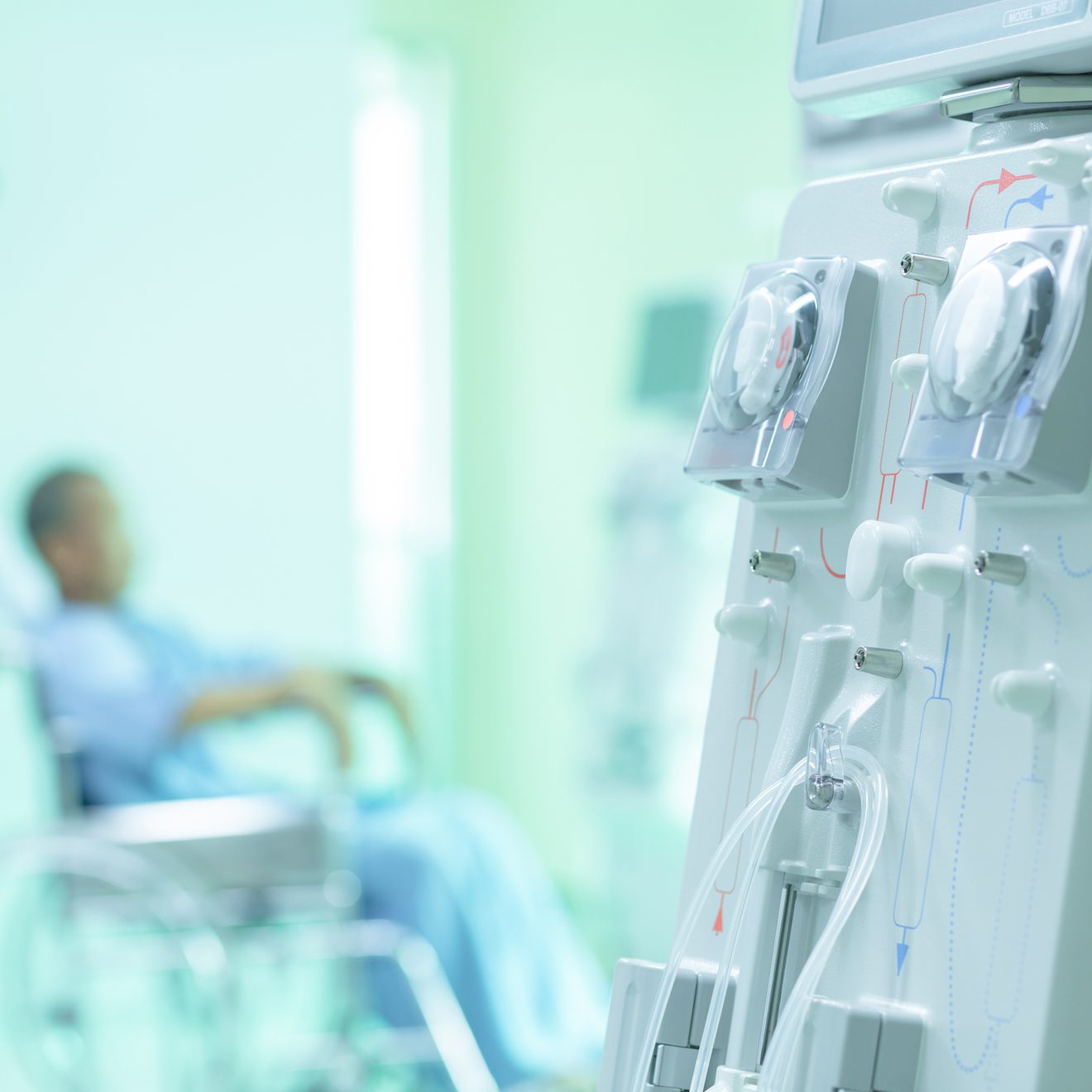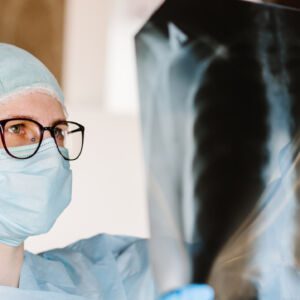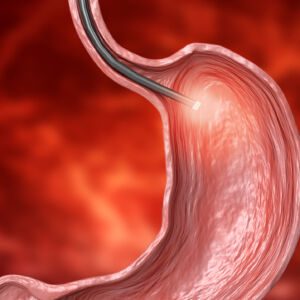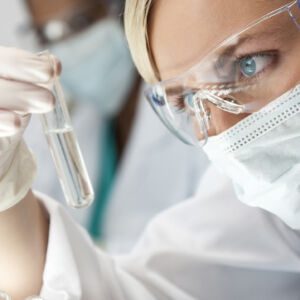Dialysis is a procedure in which a machine is used to replace kidneys that have stopped working. Dialysis can be used by patients with kidney failure, kidney disease or perioperative surgery.
Dialysis is a process that includes haemodialysis, peritoneal dialysis and kidney transplantation. In haemodialysis, blood is removed from the body, cleaned through a filter and then returned to the body. In peritoneal dialysis, blood is taken from the body through a tube and a liquid is put into the abdomen, and then both are returned to the body.
Dialysis was first used in 1922 by a doctor called Abel Wolman, who used a machine to create an artificial kidney. This machine has been improved over time to make it more efficient at removing waste from the body.
All the teams in our clinic are committed to ensuring the quality and safety of care on a daily basis.
120 Hospital beds, 32 Outpatient beds, 15 Operating theaters, 128-strip scanner, Ultrasound, Doppler, …
Emergency service, reception 24 hours a day, 7 days a week, with personalized care for all our patients.
Dialysis is a method of removing excess fluids and waste products from the blood. This is usually performed using an artificial kidney called a dialysis machine. Dialysis may be used when the kidneys cannot remove enough waste from the blood on their own. For example, in end-stage renal disease, the kidneys often become less effective at removing waste from the bloodstream. Other reasons for dialysis include:
Dialysis is usually used as a temporary measure to give the kidneys time to heal, or while waiting for a kidney transplant.
Drug-induced nephrotoxicity: The kidneys filter waste from the blood and help control electrolyte levels. To do this, they need a regular supply of oxygen and nutrients. If drugs impair kidney function, the kidneys may not be able to filter waste from the blood, which can lead to serious complications.
Complications of kidney transplantation
Surgical complications: Dialysis is sometimes used during surgery to treat patients with kidney failure and complications such as blood clots in the legs (deep vein thrombosis), shock due to low blood pressure, hypoglycaemia (low blood sugar).
A kidney infection that does not respond to antibiotic treatment: If a person has a kidney infection, they should be treated with antibiotics. However, some people do not respond to treatment and the infection continues to spread. In this case, the doctor will recommend dialysis for kidney infections that do not respond to antibiotic treatment.

ADVICE AFTER DIALYSIS
After the procedure, patients are encouraged to rest and eat a healthy diet. They should also avoid heavy lifting and strenuous activities for 24 hours after the session.
Patients can expect to feel tired and dizzy after dialysis. They may also experience nausea and vomiting. These symptoms, which are common to all patients, are due to low blood pressure, fluid loss and dehydration caused by the dialysis process.
OUR TEAM WILL ANSWER YOUR QUESTIONS
F.A.Q
Haemodialysis is a medical treatment in which blood is taken from the body, cleaned of impurities and toxins, and then returned to the body. Haemodialysis is used to treat people with end-stage renal disease (ESRD), a type of kidney disease that causes severe damage to the kidneys, or when the kidneys are unable to produce urine. Haemodialysis may also be used before or after a kidney transplant.
The word “haemodialysis” comes from haemodialysis, which is another name for a dialyzer – the machine used for haemodialysis. A dialysis machine is made of hollow fibres smaller than a human hair. These fibres are immersed in a special solution inside the dialyser, which cleans the blood as it flows through them. The cleaned blood then flows through tubes connected to the veins (arteries) in your arm.
Peritoneal dialysis is a type of renal replacement therapy (RRT). It uses a natural process in the body called diuresis to remove waste.
A fluid called dialysate is then pumped into the abdomen through a tube and flows through another tube. The dialysate passes through the abdominal wall (peritoneum), which absorbs some of the fluid. Waste products can be removed from this fluid as it flows back into the tubes and into your body.
Nos autres centres d'explorations
Radiology, or radiological examination, is the process of using ionising radiation and its interaction with matter to produce images of the inside of the body.
Gastroscopy is an invasive medical procedure used to diagnose and treat diseases of the gastrointestinal tract.
In medicine, cardiac exploration is a surgical procedure involving the heart.
Biological testing is a general term that covers many different types of tests that can be performed on blood, urine and tissue samples.






